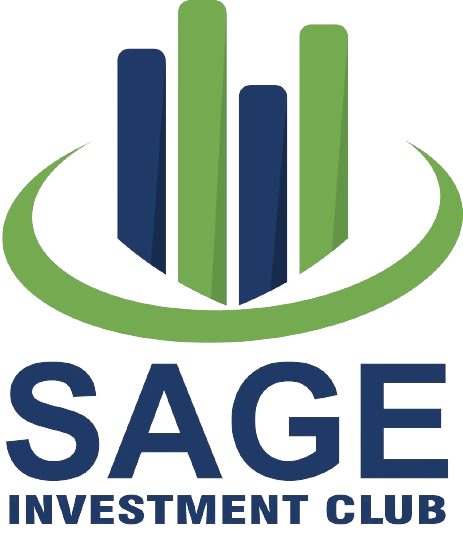‘The set-up will be more like 1929’: Cathie Wood warned of another ‘Great Depression’ if the Fed doesn’t pivot — here are 3 investment sectors for safe havenThe U.S. Federal Reserve has been raising interest rates aggressively in an effort to bring inflation under control, and most signs point to more hikes this year.According to Ark Invest’s Cathie Wood, this could have serious consequences. In a series of tweets in November, Wood compared the current situation to events that led up to the Great Depression.Don’t miss“The Fed raised rates in 1929 to squelch financial speculation and then, in 1930, Congress passed Smoot-Hawley, putting 50%+ tariffs on more than 20,000 goods and pushing the global economy into the Great Depression,” Wood said. “If the Fed does not pivot, the set-up will be more like 1929.”The super investor argued that the U.S. central bank is “ignoring deflationary signals.” At the same time, she warned that the Chips Act — designed to support semiconductor manufacturing in the U.S. but restrict it elsewhere — “could harm trade perhaps more than we understand.”In December, the Fed hiked interest rates by another 50 basis points as expected.Of course, not all assets are created equal. Some — like the three listed below — might be able to perform well even if the Fed doesn’t soften its hawkish stance this year.BanksMost businesses fear rising interest rates. But for certain financials, like banks, higher rates are a good thing.Banks lend money at higher rates than they borrow, pocketing the difference. When interest rates increase, the spread of how much a bank earns typically widens.Banking giants are also well-capitalized right now and have been returning money to shareholders.In July, Bank of America boosted its quarterly dividend by 5% to 22 cents per share. In June, Morgan Stanley announced an 11% increase to its quarterly payout to $0.775 per share — and that’s after it doubled its quarterly dividend to $0.70 per share last year.Story continuesInvestors can also get exposure to the group through ETFs like the SPDR S&P Bank ETF (KBE) and the Invesco KBW Bank ETF (KBWB).EssentialsIf Wood is right, and the Fed is cooling an economy that is already pretty chilly, we could be heading into a major recession.That’s when unexciting sectors like consumer staples show their worth. No one is cutting food or toilet paper out of their monthly budget, no matter how tough things get.Even if the Fed fails to rein in inflation, household names that make essential products can easily pass on the increased costs to consumers. Whatever happens, families will probably keep eating Life cereal from PepsiCo (PEP) and cleaning their clothes with Downy from Procter & Gamble (PG).Read more: 4 simple ways to protect your money against white-hot inflation (without being a stock market genius)To invest, consider ETFs like the Consumer Staples Select Sector SPDR Fund (XLP) or the Vanguard Consumer Staples ETF (VDC).Residential and commercial real estateNormally, you would think rising interest rates and ballooning mortgage payments would spell trouble for the real estate market. History suggests otherwise.“Between 1978 and 2021 there were 10 distinct years where the federal funds rate increased,” says investment management company Invesco.“Within these 10 identified years, U.S. private real estate outperformed equities and bonds seven times and U.S. public real estate outperformed six times.”Remember, real estate is a common inflation hedge. When raw material and labor get more expensive, homes and office buildings are more costly to build.That makes existing properties more desirable and more expensive, too.Not just for the ultra-rich anymoreAmid hot inflation and the uncertain economy that Wood warns about, real estate moguls are still finding ways to effectively invest their millions.Prime commercial real estate, for example, has outperformed the S&P 500 over a 25-year period.If you don’t have the time or patience to be a landlord, you can easily start investing in real estate through real estate investment trusts (REITs) or with the help of new platforms.These kinds of opportunities are now available to retail investors. Not just the ultra rich. With a single investment, investors can own institutional-quality properties leased by brands like CVS, Kroger and Walmart — and collect stable grocery store-anchored income on a quarterly basis.This article provides information only and should not be construed as advice. It is provided without warranty of any kind.
